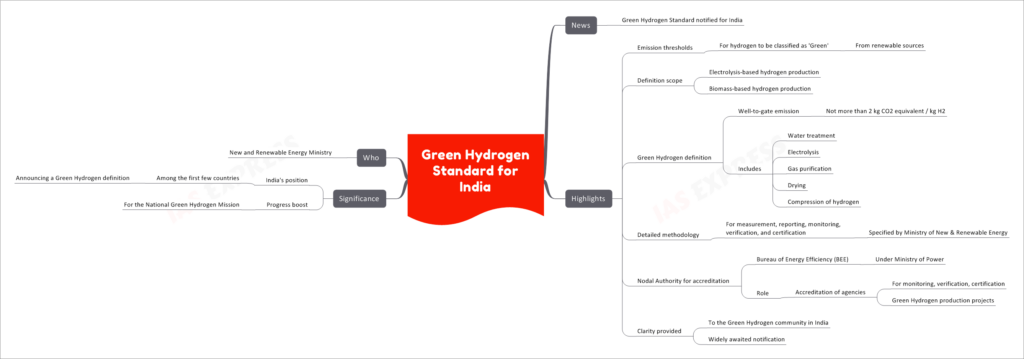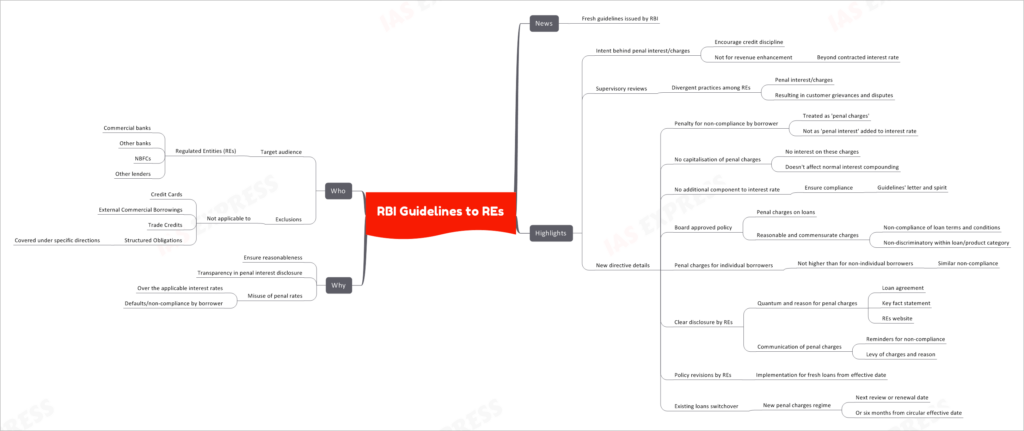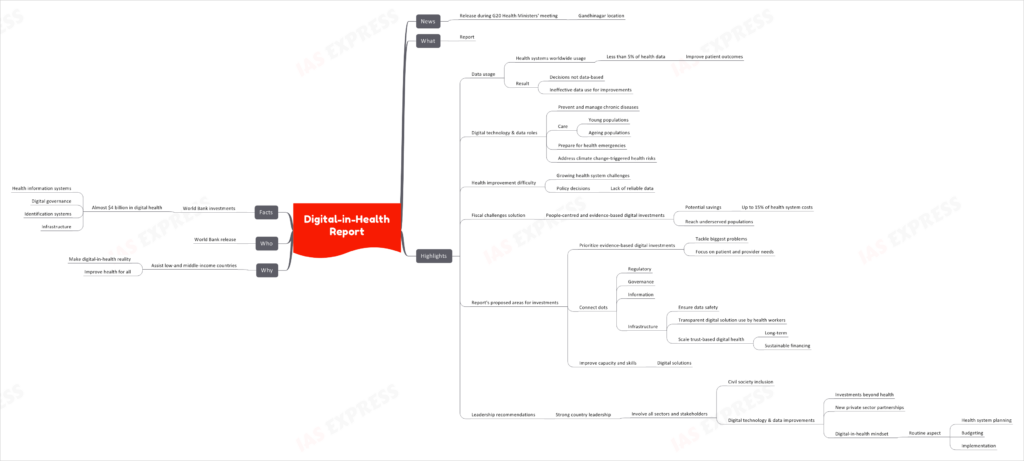[Newsbits] 19.08.2023

Maharaja Bir Bikram Manikya Bahadur
As we celebrate the 115th birth anniversary of Maharaja Bir Bikram Manikya Bahadur, we pay homage to the visionary ruler who played a pivotal role in shaping the destiny of Tripura. Maharaja Bir Bikram Manikya Bahadur's legacy stands as a testament to his unwavering commitment to education, progress, and the betterment of his kingdom.
The Journey of a Ruler
Ascension to the Throne
Maharaja Bir Bikram Manikya Bahadur's journey as the ruler of the Tripura Kingdom began after the demise of his father, Maharaja Birendra Kishore Manikya, in the year 1923. This marked a crucial turning point in the history of Tripura, as the young ruler stepped into his role with determination and vision.
The Significance of His Legacy
Architect of Modern Tripura
Maharaja Bir Bikram Manikya Bahadur's impact on Tripura's evolution is profound. His leadership and forward-thinking approach earned him the title of the "Architect of Modern Tripura." His reign was marked by transformative initiatives that left an indelible mark on the region.
The Driving Force: Education
Advocating for Transformation through Education
Central to Maharaja Bir Bikram Manikya Bahadur's vision was his belief in the transformative power of education. He recognized that education was not just a means to acquire knowledge but a catalyst for progress and development.
Educational Reforms and Initiatives
Under his visionary leadership, Tripura witnessed a wave of educational reforms:
- Establishment of Educational Institutions: He played a pivotal role in establishing numerous educational institutions, laying the foundation for a knowledgeable and educated populace.
- Promotion of Literacy: Maharaja Bir Bikram Manikya Bahadur took concrete steps to promote literacy among his subjects, ensuring that education reached every corner of his kingdom.
The Commemoration of a Birth Anniversary
A Tribute to a Visionary
On August 19th, we commemorate the birth anniversary of Maharaja Bir Bikram Manikya Bahadur, celebrating not just a historical figure, but a visionary leader whose contributions continue to shape Tripura's trajectory.
Green Hydrogen Standard for India
In a groundbreaking development, India has taken a monumental step towards a sustainable energy future by announcing its Green Hydrogen Standard. This significant move, recently notified by the Ministry of New & Renewable Energy, establishes a comprehensive framework for classifying hydrogen derived from renewable sources as 'Green.'
Grasping the Essentials of the Standard
Defining Green through Emission Thresholds
At the heart of the Green Hydrogen Standard lies the establishment of emission thresholds. To be categorized as 'Green,' hydrogen must be produced from renewable sources, thereby reducing its carbon footprint.
Scope of the Definition
The standard encompasses two primary methods of hydrogen production:
- Electrolysis-based hydrogen production
- Biomass-based hydrogen production
Cracking the Green Hydrogen Code
The Green Hydrogen definition is quantified through well-to-gate emission measurements, which should not exceed 2 kg CO2 equivalent per kg H2. This comprehensive calculation includes every step of the production process, from water treatment and electrolysis to gas purification, drying, and hydrogen compression.
Methodology for Rigorous Compliance
The Ministry of New & Renewable Energy has outlined a detailed methodology for measuring, reporting, monitoring, verifying, and certifying the greenness of hydrogen production processes. This framework ensures a consistent and standardized approach across the industry.
Nodal Authority for Accreditation
The Bureau of Energy Efficiency (BEE), operating under the Ministry of Power, has been designated as the nodal authority for accrediting agencies involved in monitoring, verification, and certification of Green Hydrogen production projects. This role ensures credibility and integrity in the assessment process.
Clarity and Long-Awaited Notification
The introduction of the Green Hydrogen Standard provides much-needed clarity to the burgeoning Green Hydrogen community in India. The notification was widely anticipated and has now brought a definitive framework to the realm of hydrogen production.
The Far-reaching Significance
India's Position among Pioneers
India's declaration of the Green Hydrogen Standard places it among the first few nations to formally define and regulate hydrogen production based on its environmental impact. This pioneering stance underscores India's commitment to sustainable energy practices.
A Boost to Progress
The standard's introduction is expected to provide a significant boost to India's National Green Hydrogen Mission. By establishing a clear and recognized benchmark, the standard accelerates progress towards the mission's goals, encouraging investment and innovation in the green hydrogen sector.
The Driving Force Behind the Standard
Ministry of New & Renewable Energy
The Ministry of New & Renewable Energy has emerged as the driving force behind the Green Hydrogen Standard. With its visionary approach, the ministry has paved the way for India's transition to a greener and more sustainable energy landscape.
RBI Guidelines to Regulated Entities
The Reserve Bank of India (RBI) has taken a significant stride in refining the lending landscape with its latest guidelines directed towards Regulated Entities (REs). This set of comprehensive directives aims to create transparency, fairness, and credit discipline by streamlining the approach to penal interest and charges associated with non-compliance by borrowers.
Key Highlights of the Guidelines
Intent Behind Penal Interest/Charges
The primary objective of these guidelines is to encourage credit discipline among borrowers. It's essential to note that the imposition of penal interest/charges is not intended for revenue enhancement beyond the contracted interest rate.
Navigating Supervisory Reviews
The guidelines stem from divergent practices among REs regarding the application of penal interest/charges, which often leads to customer grievances and disputes. The RBI's intervention seeks to standardize these practices for the benefit of both lenders and borrowers.
Understanding the New Directives in Detail
The guidelines offer clear directives on various aspects:
- Penalty for Non-Compliance: Non-compliance by borrowers is to be treated as 'penal charges,' distinct from 'penal interest' added to the interest rate. This differentiation ensures fairness in the treatment of borrowers.
- Non-Capitalization of Penal Charges: Penal charges are not to be capitalized, thereby eliminating the imposition of interest on these charges. Normal interest compounding remains unaffected.
- No Additional Component to Interest Rate: The guidelines stipulate that no additional component should be added to the interest rate. This ensures strict compliance with the spirit of the guidelines.
- Board-Approved Policy: REs must have a board-approved policy regarding penal charges. These charges must be reasonable, commensurate with the non-compliance of loan terms, and non-discriminatory within the loan/product category.
- Parity for Individual Borrowers: Penal charges for individual borrowers should not be higher than those for non-individual borrowers for similar non-compliance instances.
Ensuring Clarity and Communication
- Clear Disclosure: REs must clearly disclose the quantum and reason for penal charges in the loan agreement, key fact statement, and on their website.
- Effective Communication: Borrowers must be communicated with reminders for non-compliance, as well as the levy of charges and the reason for their imposition.
Implementing the Guidelines
- Policy Revisions: REs are required to implement these guidelines for fresh loans from the effective date of the circular.
- Transition for Existing Loans: Existing loans will transition to the new penal charges regime on the next review or renewal date or within six months from the circular's effective date.
The Motive Behind the Guidelines
Establishing Reasonableness and Transparency
The guidelines are designed to instill reasonableness in penal interest/charges and ensure transparency in their disclosure and imposition.
Curbing Misuse of Penal Rates
The guidelines aim to prevent the misuse of penal rates, which sometimes lead to penal charges that exceed applicable interest rates, especially in cases of borrower defaults or non-compliance.
The Target Audience
Who the Guidelines Apply To
The primary audience for these guidelines is Regulated Entities (REs), which include commercial banks, other banks, non-banking financial companies (NBFCs), and various other lenders.
Exclusions
These guidelines are not applicable to specific domains like Credit Cards, External Commercial Borrowings, Trade Credits, and Structured Obligations, which are covered under separate directions.
Digital-in-Health Report
In a landmark announcement, the Digital-in-Health Report has emerged as a guiding light towards a revolutionary paradigm shift in global healthcare. Unveiled during the G20 Health Ministers' meeting in Gandhinagar, this report delves deep into the role of digital technologies and data in reshaping healthcare systems and improving patient outcomes.
Navigating the Report's Key Aspects
Data Utilization's Crucial Role
The report's highlights shed light on the underutilization of health data in systems worldwide. Shockingly, less than 5% of health data is leveraged effectively, leading to decisions that are not data-based and ineffective improvements in healthcare systems.
Digital Tech & Data's Multi-faceted Roles
The report underscores the potential of digital technology and data in various domains:
- Preventing and Managing Chronic Diseases
- Enhancing Care for Young and Ageing Populations
- Preparedness for Health Emergencies
- Addressing Health Risks Triggered by Climate Change
Navigating Health Improvement Challenges
The report addresses growing health system challenges and policy decisions hampered by a lack of reliable data. It unveils a solution in the form of people-centered, evidence-based digital investments that can potentially save up to 15% of health system costs.
Key Investment Areas
The report proposes strategic areas for investments:
- Prioritizing Evidence-based Digital Investments to Tackle Major Issues
- Focusing on Patient and Provider Needs for Optimal Impact
- Establishing Robust Regulatory, Governance, and Information Frameworks
- Ensuring Transparent and Safe Use of Digital Solutions
- Scaling Trust-based Digital Health for Long-term and Sustainable Financing
- Enhancing Capacity and Skills for Effective Implementation of Digital Solutions
Leadership Recommendations
The report emphasizes strong country leadership and multi-sectoral involvement. It advocates for the inclusion of civil society, fostering new private sector partnerships, and cultivating a 'Digital-in-Health' mindset that permeates health system planning, budgeting, and implementation.
Understanding the Motive
Bridging the Gap for Low and Middle-income Countries
At its core, the Digital-in-Health Report aims to make 'digital-in-health' a reality, especially in low- and middle-income countries. By harnessing the potential of digital technologies, this report strives to elevate healthcare standards and improve health outcomes for all.
The Driving Force Behind the Report
World Bank's Role
The release of the Digital-in-Health Report is spearheaded by the World Bank. With a history of investments totaling nearly $4 billion in digital health initiatives, including health information systems, digital governance, identification systems, and infrastructure, the World Bank stands as a pivotal player in shaping the global healthcare landscape.
Unveiling Facts
Transformative World Bank Investments
The World Bank's contributions to digital health are substantial, amounting to almost $4 billion. These investments span diverse areas, encompassing health information systems, digital governance, identification systems, and the development of robust infrastructure.
Global Initiative on Digital Health
The world of healthcare is on the brink of a digital revolution, as highlighted by the recent launch of the Global Initiative on Digital Health (GIDH). With the presence of the Union Health Minister and the Chief of the World Health Organization (WHO), this initiative seeks to integrate cutting-edge digital technologies into global healthcare systems, promising to reshape the way healthcare is delivered and accessed on a global scale.
A Closer Look at GIDH
Pronunciation and Purpose
The acronym "GIDH" is pronounced as "guide," symbolizing its role as a guiding force in the realm of digital health. At its core, GIDH aims to enhance global healthcare by seamlessly integrating digital technologies into existing healthcare systems.
WHO-Managed Network for Equitable Access
GIDH operates as a network managed by the World Health Organization (WHO), with the primary goal of ensuring equitable access to digital health resources worldwide. By doing so, GIDH addresses challenges such as the duplication of efforts and a product-focused approach to transformation.
Support for Global Strategy on Digital Health
GIDH is aligned with the Global Strategy on Digital Health 2020–2025, providing invaluable support in achieving its objectives. The initiative focuses on facilitating digital health transformation and offering technical assistance to countries, paving the way for a holistic approach to healthcare.
The Significance of GIDH
Key Deliverable: India's G-20 Presidency
GIDH holds a pivotal role in India's G-20 Presidency, highlighting its importance on the global stage. As a key deliverable under this presidency, the initiative showcases India's commitment to driving positive change in the field of healthcare through digital innovation.
The Mechanism Behind GIDH
Objectives of GIDH
GIDH operates through a set of well-defined objectives that form the cornerstone of its functioning:
- Unifying Countries and Partners: The initiative aims to bring countries and partners together to achieve measurable outcomes. This involves the development of priority-driven investment plans that revolve around digital health transformation and technical support.
- Consolidating Evidence for Amplified Gains: GIDH strives to consolidate evidence to amplify the gains made in global digital health efforts. This also contributes to strengthening mutual accountability and assessing the impact of future investments.
- Aligning Efforts with Global Strategy: The initiative aligns its efforts with the Global Strategy on Digital Health 2020–2025. This entails providing technical assistance to develop and strengthen healthcare systems that adhere to global best practices, norms, and standards.
- Facilitating Digital Transformation: GIDH provides governments with the tools needed for digital transformation. These tools enable governments to effectively manage the process of transitioning to digital health systems.
Demon Particle
In recent groundbreaking news, the scientific community has witnessed a remarkable revelation in the realm of particle physics. The discovery in metal strontium ruthenate has brought to light a prediction made over 70 years ago, leading to a deeper understanding of the fundamental nature of matter and its behavior.
A Glance at the Discovery
Prediction Transcending Time
The origins of this revelation can be traced back 70 years, to a visionary prediction that laid the foundation for this breakthrough. The theoretical groundwork was established by David Pines, who first proposed the existence of an elusive particle with unique attributes that could revolutionize our comprehension of particle behavior.
Unveiling the Distinct Electron Motion Particle
At the core of this discovery lies a distinct particle responsible for the motion of electrons. This particle exhibits remarkable traits, making it stand out among its peers:
- Transparency: The particle's behavior is akin to that of a transparent entity, allowing it to interact with its surroundings in intriguing ways.
- Masslessness: In a departure from conventional particle attributes, this newly identified particle is massless, defying traditional notions of particle weight.
- Neutrality: The particle possesses neutrality, contributing to its capacity to manifest its attributes regardless of temperature fluctuations.
Enter the Plasmon
A critical aspect of this discovery is the role played by plasmons. These entities exhibit a behavior reminiscent of particles and possess quasiparticle attributes. Plasmons nudge electrons within materials, prompting them to flow in seemingly bizarre ways that transcend established norms.
- Effortless Material Flow: Plasmons nudge electrons, enabling them to traverse materials with unparalleled ease, even under conditions that would typically impede their flow.
- Electricity Without Resistance: This extraordinary behavior paves the way for electricity to flow indefinitely through materials, defying resistance and ushering in a new era of conductivity.
Unveiling the Significance
A Glimpse into Potential
The implications of this discovery are profound, promising a potential revolution in the field of superconductors. With the newfound ability to control and manipulate particle behavior, a new realm of possibilities opens up.
Pioneers of the Prediction
David Pines: The Visionary Theorist
The seeds of this revelation were sown by David Pines, who envisioned the existence of the "demon particle" back in 1956. His pioneering theoretical work laid the groundwork for the recent breakthrough, solidifying his legacy as a trailblazer in particle physics.
Timing the Theorization
The Birth of an Idea
The groundbreaking prediction of the "demon particle" was put forth by David Pines in the year 1956. Little did he know that his theoretical concept would eventually find validation in the world of scientific discovery.
Unveiling the Facts
Superconductors: The Backbone
At the heart of this revelation lies the concept of superconductors, materials that can transmit electrical currents without encountering any hindrance. Key features include:
- Metal or Alloy Type: Superconductors can be crafted from various metals and alloys, enabling a wide range of applications.
- Temperature Requirement: These materials operate at temperatures below 100 degrees Fahrenheit, ensuring that their unique properties remain intact.
Application Beyond Expectations
The practical implications of this discovery are far-reaching and encompass various sectors. Currently, superconductors are employed in:
- Maglev Trains: Superconducting materials facilitate frictionless travel in maglev trains, revolutionizing the transportation industry.
- MRI Apparatus: The precision-enhancing attributes of superconductors enhance the performance of MRI devices, advancing medical diagnostics.
Dawn of New Possibilities
The emergence of room temperature materials capable of embodying these exceptional particle behaviors could spark a revolution. This new landscape holds the potential to create potent computing systems that transcend existing limitations.
If you like this post, please share your feedback in the comments section below so that we will upload more posts like this.






